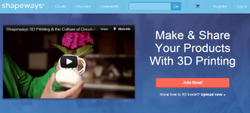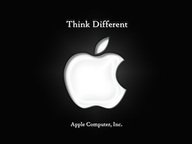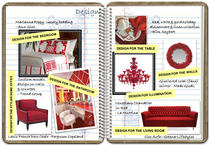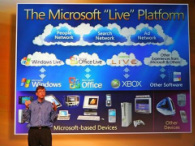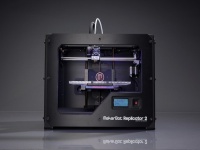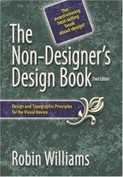Yesterday's big news was the price of gasoline in California. I read some comments on the news article and was amazed at the superficial nature of the comments. Beyond the usual name-calling and politically-charged comments, there was a reflection of a basic misunderstanding of the rate of technological change that we are living through right now. My exchange with a one such person follows:
jefs99-
Unfortunately we will be the victim every time there are Middle East conflicts, distribution problems, refinery problems or an industry that is quick to raise prices, and slow to lower them. Solar power electrics vehicles will always be "the future" unless we invest in technologies that improve batteries, capacitors and other solar technologies that are necessary to break this distribution monopoly where each step of the way, we are manipulated to fatten everyone else's wallets at the expense of our own. The solution? Solar panels that charge vehicles overnight for pennies from a virtually infinite free source of energy. We need to move away from old technologies and innovate our way using new innovative technologies where consumers become our own energy suppliers.
#261 - Sat Oct 6, 2012 10:32 PM EDT
calnomad-
Do you think the federal and state governments are going to give up the windfall gasoline tax when you go solar in 2050? Dream on, you will be taxed on the so called free solution to make up for any savings.
#261.1 - Sat Oct 6, 2012 10:36 PM EDT
jefs99-
Go solar in 2050? Hardly. 6-8 years should be enough time for current and near-future research innovations to bring down the price of solar to better than competitive levels, increase the driving radius of electric vehicles and increase reliability. Change is coming and it's for the better: cheaper for us, better for the environment in the long haul, worse for big oil and those who support a concept of dependence I suppose. Within the next two months, the city where I live, San Diego, will add 117 charging stations for electric vehicles at public facilities. That is now.
#261.2 - Sat Oct 6, 2012 11:21 PM EDT
It's not that I believe that my dates are rock solid, but based on everything I've read and the exponential nature of change affecting all technologies and recent studies have indicated that on a price/performance basis solar is no exception, that at least I'm in the ballpark. 38 years of technological development required to bring solar to mass production is not.
Which brings me to my passion. In spite of our experience with technological change, people don't plan very well for it. I would like to look at change we do know of, and bring awareness and tools to better plan for change. I've begun looking at the literature on how people anticipate change and it turns out we tend to plan in a linear fashion. We learn to plan for change in linear ways that are predicated on an underlying assumption that if it took x amount of time to accomplish y in the past, then it will take the same x period of time to accomplish y in the future (Ray Kurzweil, Roy & Christenfeld). While planning everyday tasks, people typically estimate the length of time required to accomplish the tasks by relying on memory to recall how long it took for them to complete the tasks in the past.
Roy and Christenfeld suggest, however, that people’s memory model of past task durations is faulty and creates situations where people regularly underestimate simple task of short duration while overestimating complex task of long duration. Fortunately we can use planning tools to aid our faulty memories, but still it's difficult to plan for accelerating change.
While we plan for ordinary events in linear ways, accelerating technological change does not fit well within linear planning models . Kurzweil, a pioneer in the field of technology trend analysis, observes that the rate of technological acceleration itself is accelerating exponentially, presenting an even greater challenge to the memory-model approach to planning.
Exponential increases in broadband communications, storage and computer processing speeds have rapidly changed the way we view and listen to entertainment, read books, communicate with one another, educate ourselves and build skills. It has permeated nearly every facet of how individuals conduct their lives whether as part of an organization or within their private lives.The acceleration of technology applies to an ever-widening range of disciplines as computation is applied to them - like solar technologies.
As of now I'm of two minds on how to proceed with my PhD studies: Consider applying strategic planning techniques with trend analysis to analyze how disruptive changes, such as online education or augmented reality will affect education in the short, medium or long-term. Another path may be to analyze how augmented reality apps that will begin to hit the market with Google's "Glass" technology, relate to the topic of learning. One topic is macro, the other more micro, but I am passionate about addressing both. This may be determined by the amount of information available to me, as well as the extent and practicallity of designing a research study to answer these questions!



















